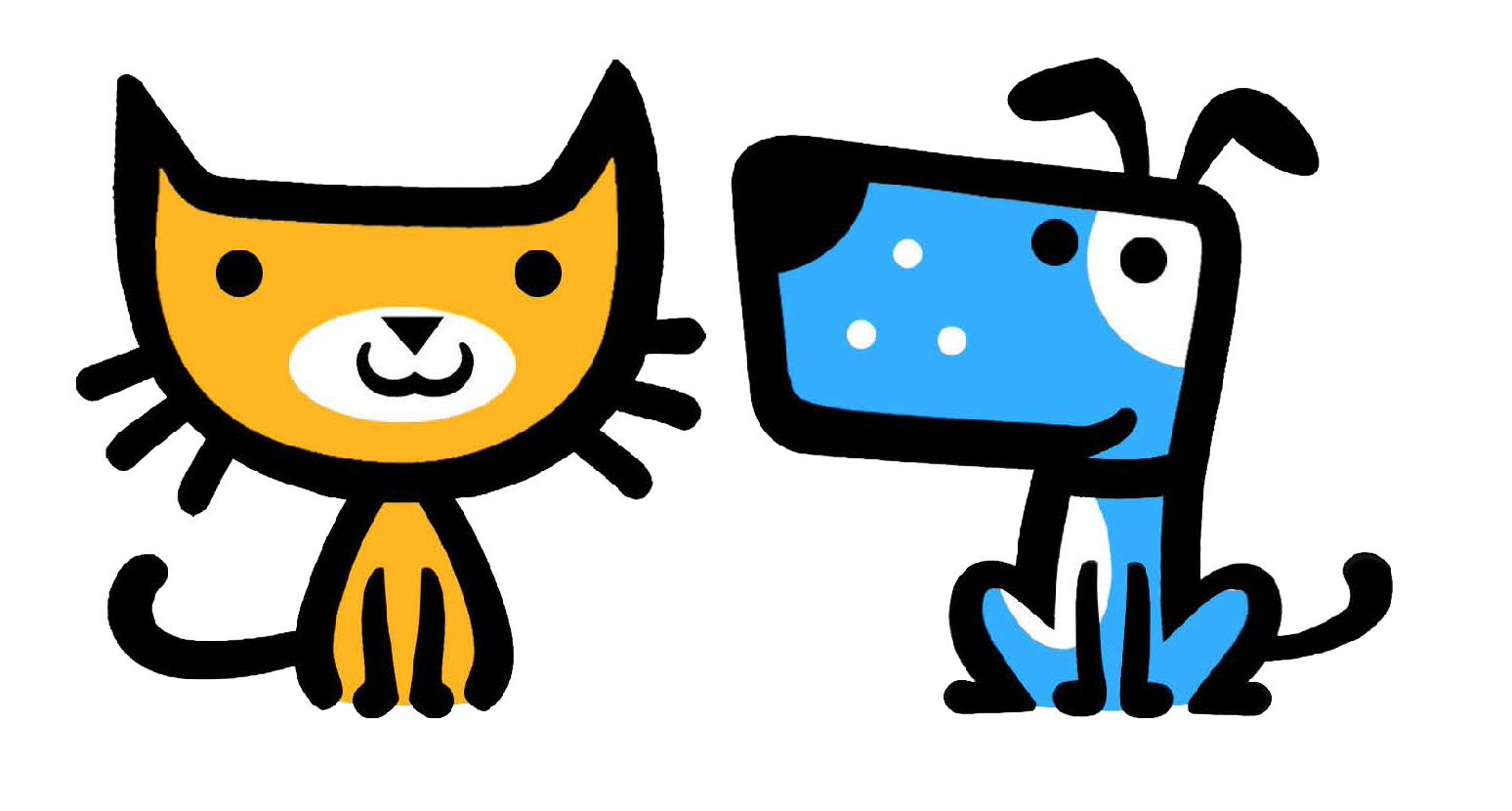Time to read: 8 mins
Key Stats
Life expectancy: 10-14 years
Height: 60 cm
Weight: 35-40 kg
About German Shepherds
The German Shepherd is a breed of medium to large-sized working dog that originated in Germany. In the English language, the breed’s officially recognized name is German Shepherd Dog (GSD). The breed was officially known as the Alsatian in the UK from 1918 (after the First World War) until 1977 when its name was changed back to German Shepherd.
As a herding dog, German Shepherds are working dogs developed originally for herding sheep. Since that time, however, because of their strength, intelligence, trainability, and obedience, German Shepherds around the world are often the preferred breed for many types of work, including, disability assistance, search-and-rescue, police and military roles as well as acting.
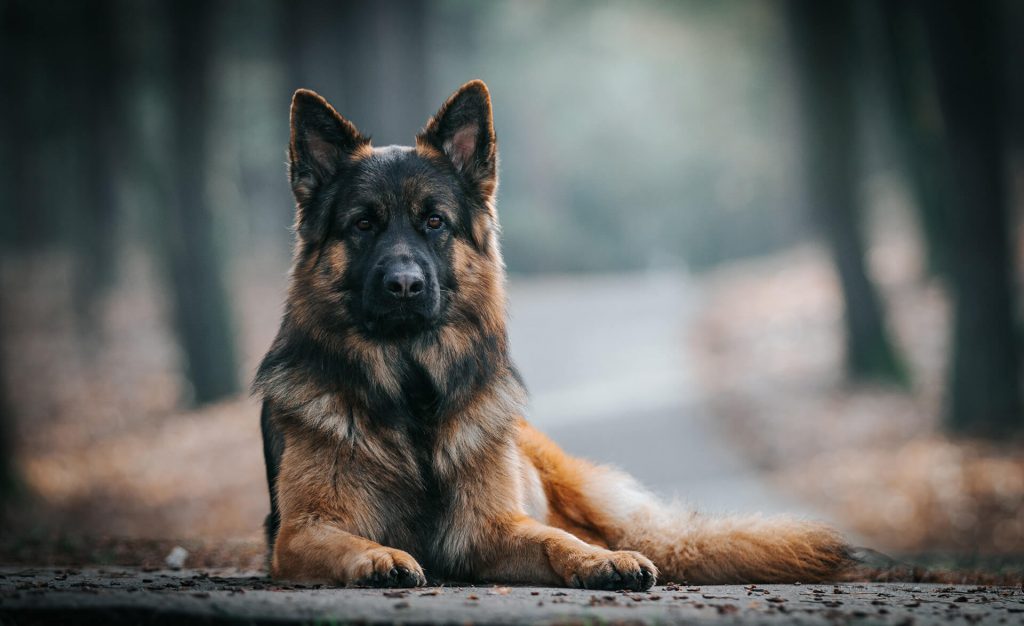
What to consider when owning a German Shepherd
Like most dogs they enjoy company and can be protective over their family. It’s important not to leave them alone for too long so they don’t suffer from separation anxiety. They love being part of the family activities particularly if they involve exploring and long walks, so be sure to include them in your outdoor adventures.
Ease of training
Clear boundaries and consistency of them is important in training, but German Shepherds were bred to herd and, as such, they are one of the best dogs to train. They are also generally considered among the most intelligent dog breeds, picking up commands quickly and easily.
German Shepherds and loyalty go hand-in-hand, they are protective of their family and have a strong guarding instinct. Due to this they require careful training and socialisation to prevent any aggressive tendencies.
Good training and careful socialisation of your German Shepherd helps to make them great family pets and more comfortable around children, although with any dog it’s important to supervise your dog when it’s around young children.
German Shepherds with other pets and children
Adult German Shepherds can range from being calm and patient to bouncy and boisterous, depending on their personality, training and socialisation. Some can make great family pets in homes with children of all ages, but German Shepherds can be nervous of strangers so make sure they’re never left unsupervised around young children.
Socialising your German Shepherd with other dogs and pets from a young age is best. They do have a tendency to be a little dominant with other dogs as they get older but this is unlikely to be a problem once properly socialised. Training and specialise behavioural therapy can be of use if this does become a reality.
German Shepherds are usually fine with other family pets they have grown up with. If they haven’t grown up with a cat or other smaller pets, though, they may have the urge to chase them so any introductions later in life should be done very carefully.
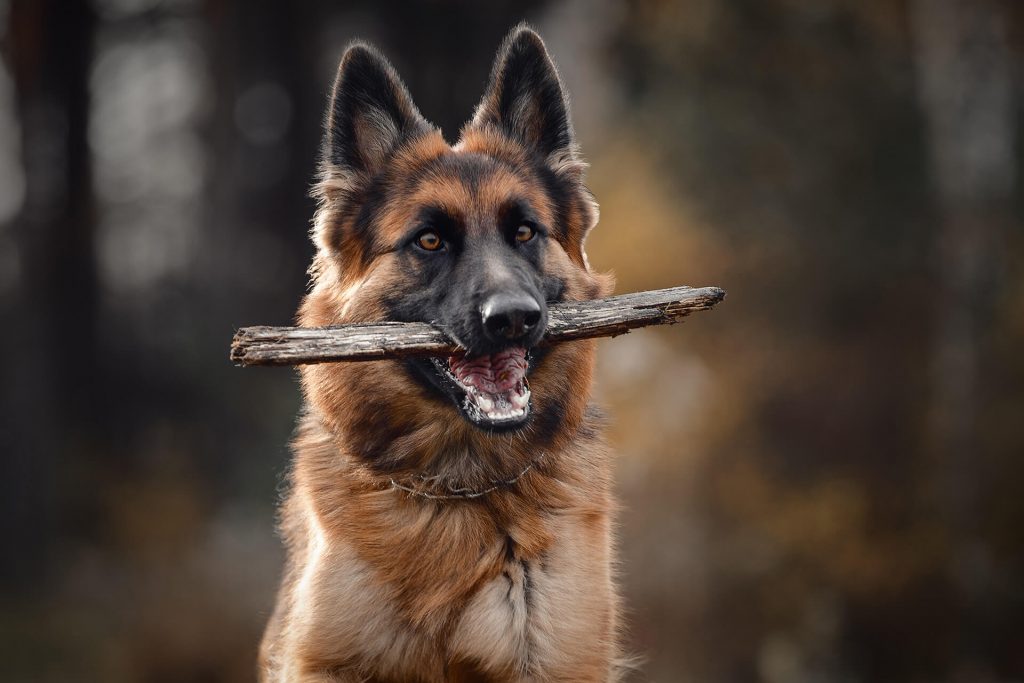
Cost
Where possible, it would be best to adopt rather than shopping, however if that’s the intention then German Shepherd puppies can cost anywhere up to £3,500 depending on their lineage.
On top of the purchase price you’ll also need to consider initial costs of things such as vaccinations and neutering, as well as ongoing costs of food, preventative healthcare and more such as
- Microchipping
- Flea treatments
- Leash and collar
- Treats and food bowls
- Toys
- Beds
- Grooming
- Insurance
Exercise
German Shepherds are incredibly active dogs and as such need a lot of exercise. This helps keep them happy and healthy both physically and mentally. Exercising them thoroughly will stop them from excessively barking or harming your beloved furniture!
We recommend at least a couple of hours exercise per day both on and off the lead (so long as it’s safe to do so). Extra playtime and training can be given on top to provide variety. Exercise doesn’t need to be all in one go, in fact it’s probably easier and better to spread exercising across the day.
Grooming
Because German Shepherds have such thick coats you can expect a fair amount of shedding around the the house. It’s definitely a consideration to make when thinking of adding an Alsatian to your family.
In order to keep your dog’s coat looking healthy and to stop matting you may wish to brush down 2-3 times a week. This also helps to remove any dead hair especially if they have a long coat.
It’s less likely that you’ll need to wash them as regularly as they have sensitive skin, also given their size it might be easier to have any washes carried out by professional dog groomers.
German Shepherd health concerns
Like all pedigree dogs they do have a few breed specific conditions you should be aware of.
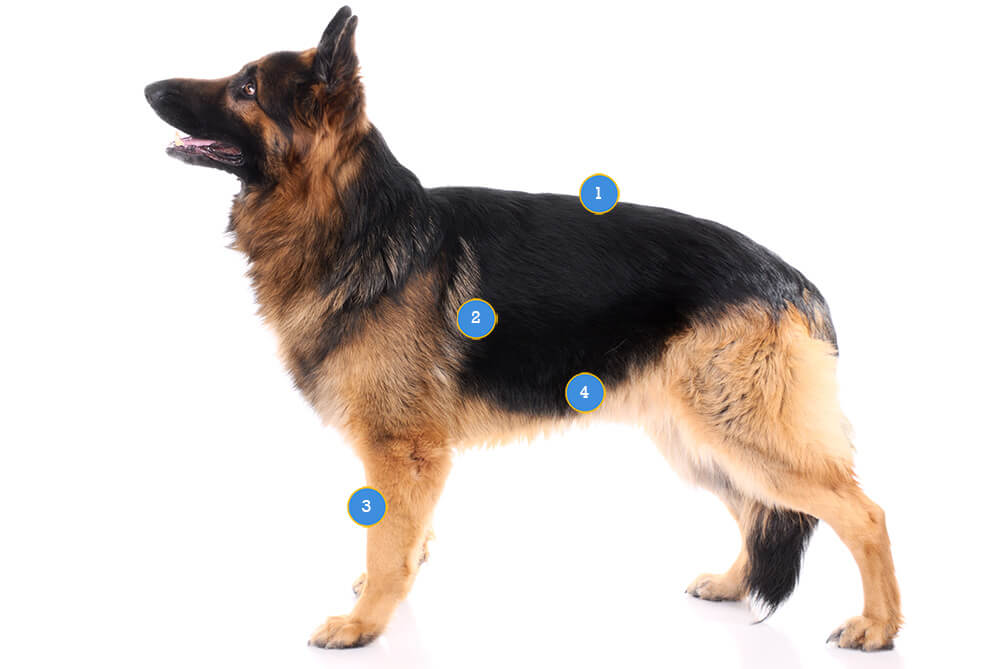
1. Degenerative Myelopathy
This is a progressive and fatal degenerative disease of the spinal cord caused by a gene mutation leading to degeneration of the outer layer of tissue of the spinal cord in the thoracic section of the spine.
Over time this can lead to complete paralysis of all limbs known as tetraplegia. This is a chronic and fatal condition that currently has no effective treatment.
Classic signs of DM are seen at roughly 8 to 9 years of age, but it has been reported in dogs as young as 6 months. Common symptoms include back legs becoming uncoordinated and wobbly (hindlimb ataxia), over time this progresses to further weakness (paresis) and ultimately to complete back leg paralysis. If allowed to progress, it will travel up the spinal cord and affect the forelimbs, leading to tetraplegia.
Even though this is considered a non-painful condition, it can be extremely distressing for the dog, particularly as their mobility decreases.
Treatment or management of this condition requires a lot of nursing care and commitment from the owners as the condition develops normal urine and faecal control will be lost. Similarly sores and ulcers are also a risk so attention to their needs is paramount.
Despite the lack of effective treatments, physiotherapy in the early stages can help them stay mobile for longer although regrettably many owners usually opt for euthanasia before it progresses to tetraplegia.
Gene testing is available to identify animals at risk of developing Degenerative Myelopathy or those that are carriers.
2. Hemangiosarcoma
Hemangiosarcoma is an aggressive form of cancer in dogs. It develops from the cells that normally create blood vessels so it can be found anywhere in the body but typically found in the spleen, liver, heart, skin, bones and central nervous system.
There are very few signs of the cancer until bleeding occurs, at which point surgery is indicated to control the bleeding, address the associated clinical signs and to obtain a definitive diagnosis.
In most cases, tissue biopsy is needed to definitively diagnose hemangiosarcoma, as other benign and malignant causes can cause similar abnormalities.
3. Elbow dysplasia
Elbow dysplasia is a common cause of forelimb lameness in young, large breed dogs. Obesity in puppyhood increases the risks of this condition. Elbow dysplasia can cause osteoarthritis with diagnosis identified through examination and imaging, whether that be radiographs, CT or MRI scans.
Non-surgical treatments include weight management, physiotherapy, exercise modification and medications to address the accompanying pain such as NSAIDs (anti-inflammatory drugs).
There are many different approaches to surgery dependent on the specifics of the individual case. Surgical treatments for elbow dysplasia aim to treat the current source of pain and to minimise the progression of osteoarthritis.
4. Gastric Dilatation and Volvulus (GDV) or Bloat
A common ailment among German Shepherds is bloat, or Gastric Dilatation and Volvulus (GDV). In its early stage, the stomach fills with gas, causing a simple gastric dilatation or bloat. Sometimes, the condition progresses no further than this.
GDV is a progression of the bloat into a volvulus, where the gas-filled stomach twists upon itself so that both the entrance and exit of the stomach become blocked, causing the stomach to expand like a balloon (dilatation).
The severely bloated stomach can also cause breathing issues and a host of serious metabolic problems — such as acid-base and electrolyte imbalances, blood clotting abnormalities, and widespread inflammation.
Typically symptoms include vomiting or dry heaving, restlessness, excessive salivating, have difficulty breathing or an increased respiratory effort or rate. Left untreated GDV can be fatal, so always consult a vet if you notice one or many of these symptoms.
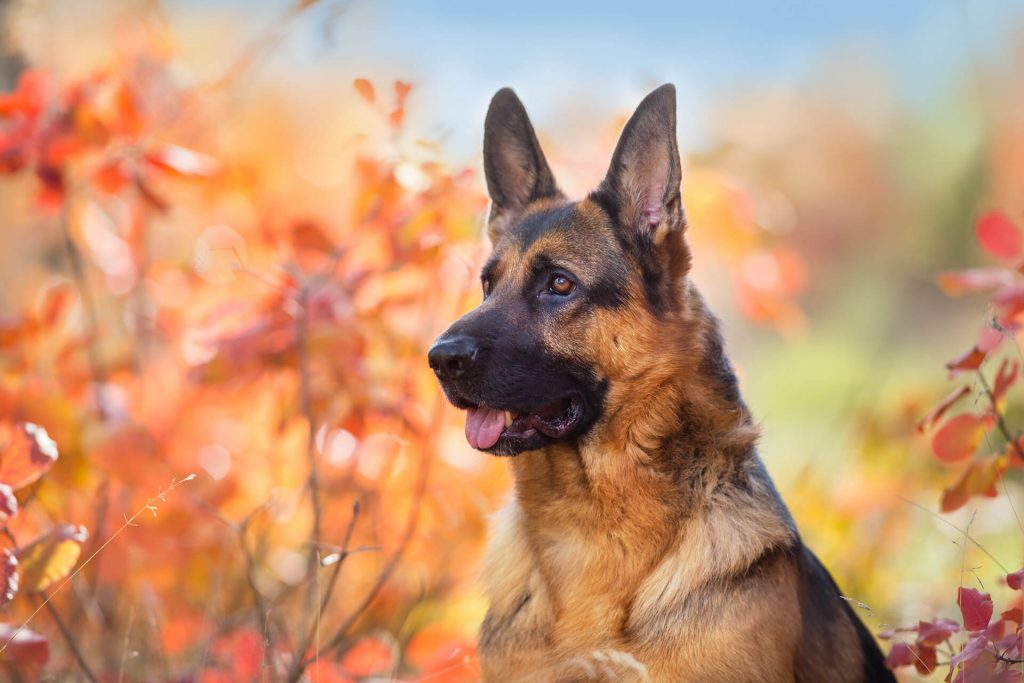
Pet insurance for German Shepherds
German Shepherds are usually a healthy and hardy breed but you never know what might happen as they get older. Find out how we can cover your pet from accidents as well as illnesses they may suffer from.
It’s normally best to insure your German Shepherd from a young age, before any conditions become an issue. Insuring your German Shepherd from a young age will tend to be cheaper you can get insurance for older dogs too.
See how we can help you by getting a quote today.
German Shepherd Insurance
Looking for insurance for your German Shepherd. Our 5* Defaqto rated cover is rated Excellent by our members on Trustpilot.






